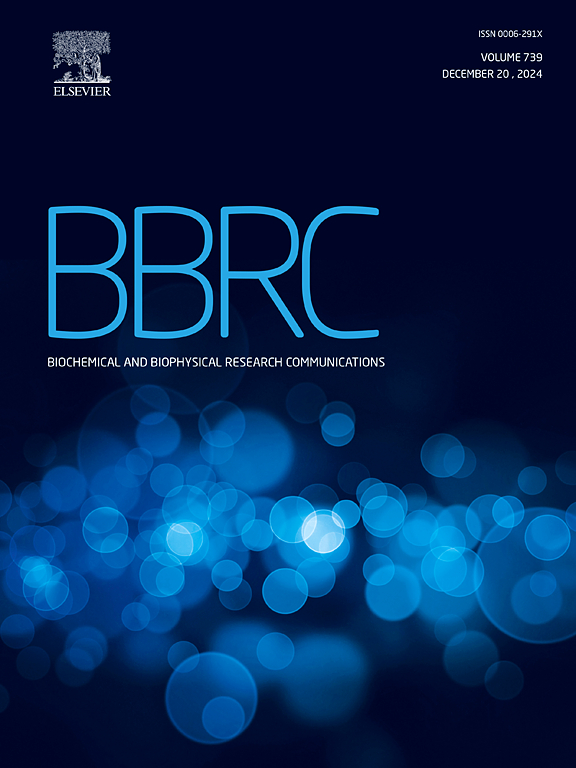The role of biochemical and biophysical properties, molecular docking and dynamics studies on azelastine
IF 2.5
3区 生物学
Q3 BIOCHEMISTRY & MOLECULAR BIOLOGY
Biochemical and biophysical research communications
Pub Date : 2025-04-09
DOI:10.1016/j.bbrc.2025.151781
引用次数: 0
Abstract
The structure of the 4-(4-chlorobenzyl)-2-(1-methylazepan-4-yl) phthalazin-1(2H)-one (IA) was optimized through computational study. The optimized structure revealed that the bond length between atoms C3 and C5 was the longest at 1.54 Å, while the bond between atoms C10 and H31 had the lowest length at about 1.01 Å, respectively. The natural bond orbital (NBO) analysis indicates that the bonding π(C3–C20) to anti-bonding π∗(N2–C3) interaction exhibits the most significant stabilization energy of about 253.59 kcal/mol. Due to the solvent's influence, the gas phase MEP value and HOMO-LUMO band gap value are lower, when compared to solvents. A localized bond pair that undergoes movement between two atoms, and a bond pair that undergoes movement between two different pairs of atoms are identified by electron localized function (ELF), localized orbital locator (LOL), and average localized ionization energy (ALIE) studies, respectively. The electron density and thermodynamic properties were determined using Gaussian software. This study examined various parameters such as non-linear optical (NLO), molecular electrostatic potential (MEP), UV–vis, and HOMO-LUMO in different solvents. Further, the biological activity of the IA compound was studied using molecular docking and dynamics on the target Mycobacterium tuberculosis ArgF (7NOR) protein, which showed favorable protein-ligand interaction energy.

求助全文
约1分钟内获得全文
求助全文
来源期刊
CiteScore
6.10
自引率
0.00%
发文量
1400
审稿时长
14 days
期刊介绍:
Biochemical and Biophysical Research Communications is the premier international journal devoted to the very rapid dissemination of timely and significant experimental results in diverse fields of biological research. The development of the "Breakthroughs and Views" section brings the minireview format to the journal, and issues often contain collections of special interest manuscripts. BBRC is published weekly (52 issues/year).Research Areas now include: Biochemistry; biophysics; cell biology; developmental biology; immunology
; molecular biology; neurobiology; plant biology and proteomics

 求助内容:
求助内容: 应助结果提醒方式:
应助结果提醒方式:


